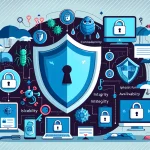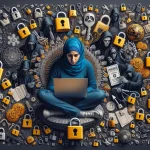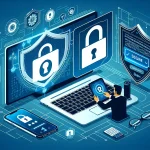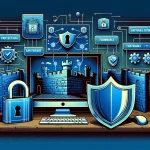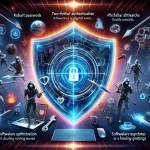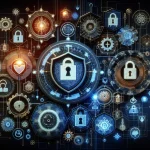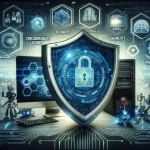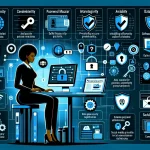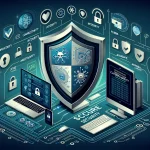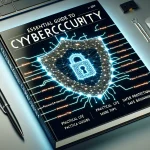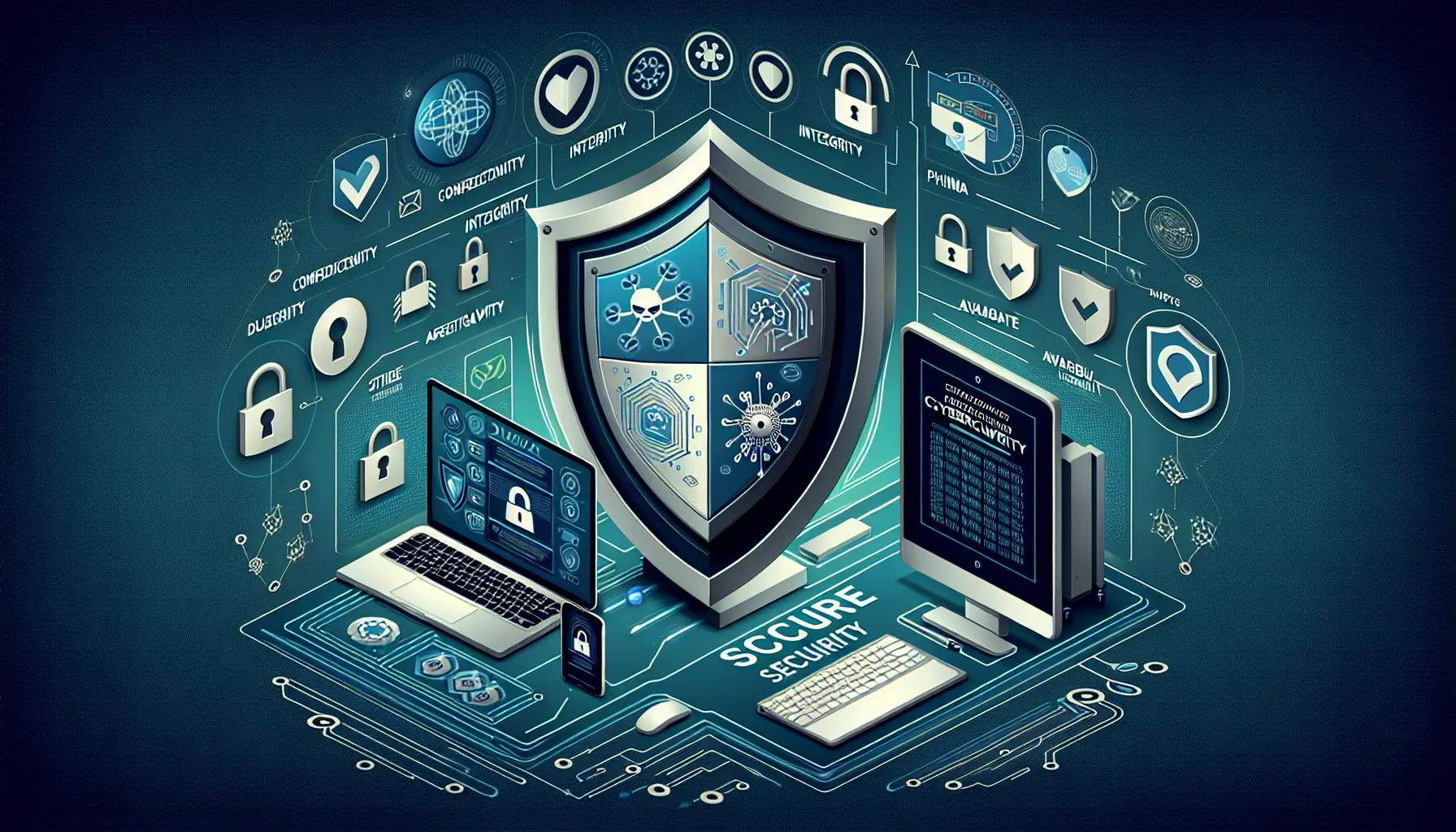
Estimated reading time: 8 minutes
Key Takeaways
- Digital Shield: Cybersecurity is essential for protecting your personal information and privacy online.
- Core Principles: Understand confidentiality, integrity, and availability to enhance your online safety.
- Strong Passwords: Create unique and complex passwords for each account to prevent unauthorized access.
- Two-Factor Authentication: Adding 2FA provides an extra layer of security for your accounts.
- Stay Informed: Regularly update your knowledge on cybersecurity threats and best practices.
Table of Contents
- What is Cybersecurity and Why Should You Care?
- Understanding the Basics of Online Protection
- Essential Security Practices Anyone Can Follow
- Protecting Your Digital Life
- Building Your Personal Security Strategy
- Handling Common Cyber Threats
- Resources for Continued Learning
- Taking Action Today
- Frequently Asked Questions
What is Cybersecurity and Why Should You Care?
Think of cybersecurity as your digital shield – it's how you protect your computers, phones, and personal information from online threats. Every time you check your email, shop online, or scroll through social media, you're potentially exposed to risks like identity theft, fraud, and data breaches.
Cybersecurity isn't complex rocket science. It's a set of practical habits and tools that help keep your digital life secure. Whether you're tech-savvy or still getting comfortable with computers, these fundamentals will help protect what matters most – your personal information, money, and privacy.
Understanding the Basics of Online Protection
The core of cybersecurity rests on three key principles:
- Confidentiality: Keeping your private information away from unauthorized eyes
- Integrity: Ensuring your data stays accurate and unaltered
- Availability: Making sure you can access your information when needed
Common threats you might encounter include:
- Malware: Harmful software that can infect your devices
- Phishing: Fake messages trying to steal your information
- Ransomware: Programs that lock your files and demand payment
Essential Security Practices Anyone Can Follow
Create Strong Passwords
Your passwords are like house keys – they need to be strong and unique. Here's how to create them:
- Use at least 12 characters
- Mix uppercase letters, lowercase letters, numbers, and symbols
- Avoid personal information like birthdays or pet names
- Use different passwords for each account
Consider using a password manager to keep track of your credentials securely.
Enable Two-Factor Authentication (2FA)
Adding 2FA to your accounts creates an extra security layer. Even if someone gets your password, they can't access your account without the second verification step – typically a code sent to your phone.
Protecting Your Digital Life
Safe Browsing Habits
Before entering sensitive information on any website:
- Look for “https://” in the address bar
- Check for a padlock icon
- Avoid clicking links in unexpected emails
- Don't download files from unknown sources
Keep Everything Updated
Software updates aren't annoying interruptions – they're critical security patches. Enable automatic updates for:
- Operating systems
- Web browsers
- Anti-virus software
- Apps and programs
Building Your Personal Security Strategy
Create a simple security checklist:
- Install reputable antivirus software
- Set up regular data backups
- Review privacy settings on social media
- Use encrypted messaging apps for sensitive conversations
- Learn to spot phishing attempts
Handling Common Cyber Threats
If you encounter suspicious activity:
- Don't panic – stay calm and think clearly
- Disconnect from the internet if necessary
- Change passwords immediately
- Contact your bank if financial information is involved
- Report serious incidents to authorities
Resources for Continued Learning
Stay informed through these reliable sources:
- StaySafeOnline.org – Comprehensive security guides
- FTC's Cybersecurity Resources
- r/cybersecurity community on Reddit
- Online courses through Coursera or edX
Taking Action Today
Start with these three steps:
- Update all your passwords
- Enable 2FA on your important accounts
- Install and update antivirus software
Remember: cybersecurity isn't a one-time setup but an ongoing practice. Small, consistent actions protect your digital life effectively. Start implementing these basics today, and you'll significantly reduce your risk of becoming a cyber attack victim.
By following these fundamentals and staying aware of new threats, you'll build a strong foundation for your online security. The digital world offers incredible opportunities – make sure you're experiencing them safely.
Frequently Asked Questions
What is cybersecurity?
Cybersecurity is the practice of protecting systems, networks, and programs from digital attacks.
Why is cybersecurity important?
It is crucial for protecting sensitive data, maintaining privacy, and ensuring the integrity of systems.
What are common cybersecurity threats?
Common threats include malware, phishing, and ransomware.
How can I protect my personal information online?
Use strong passwords, enable two-factor authentication, and be cautious of suspicious emails.
What should I do if I suspect a cyber attack?
Stay calm, disconnect from the internet, change your passwords, and report the incident to authorities.
